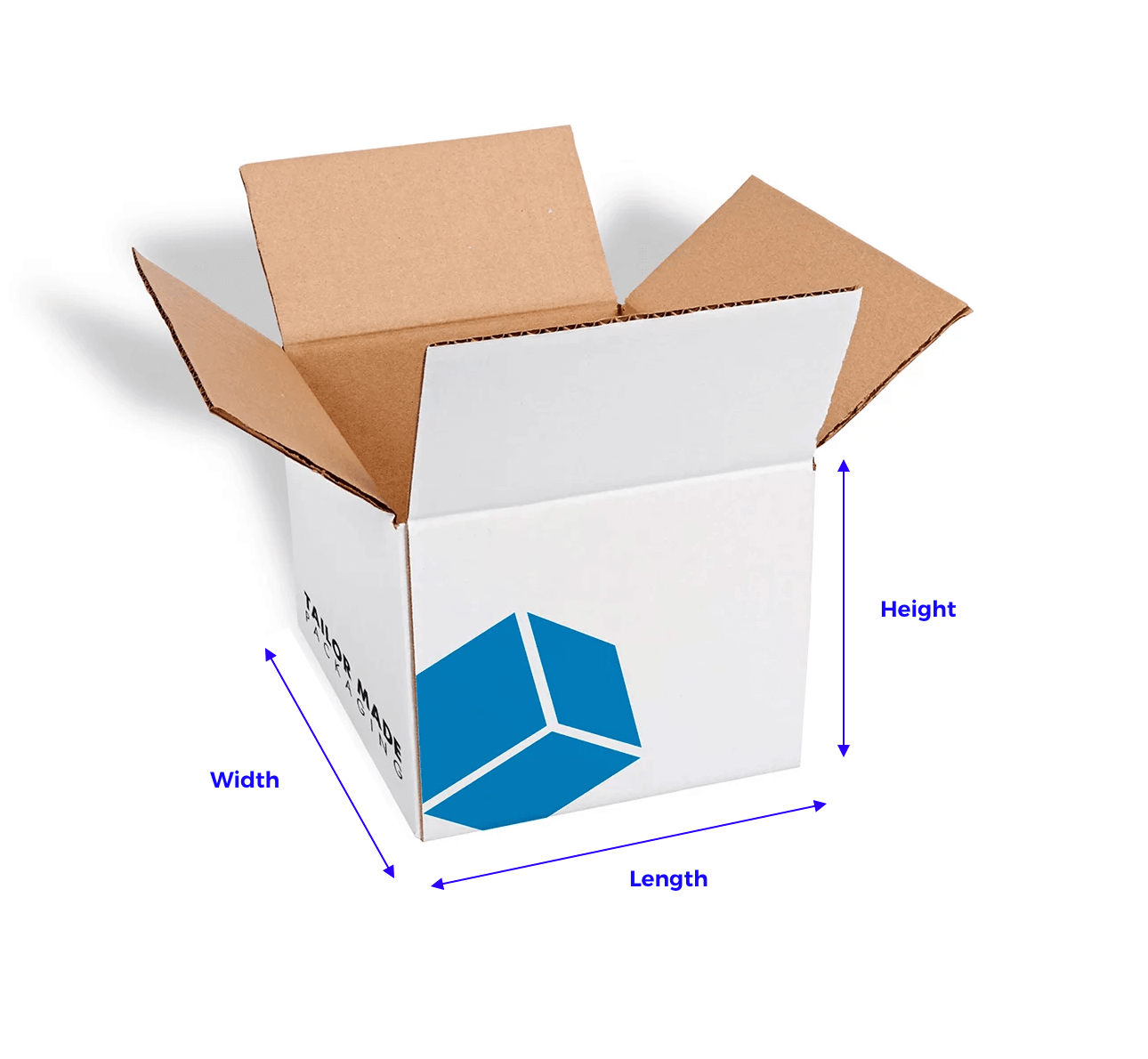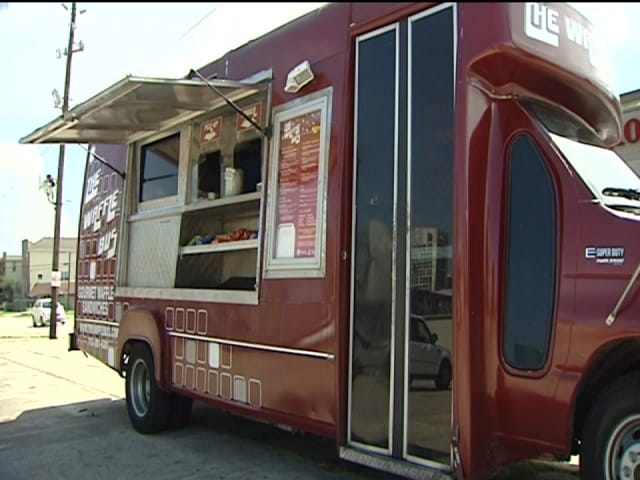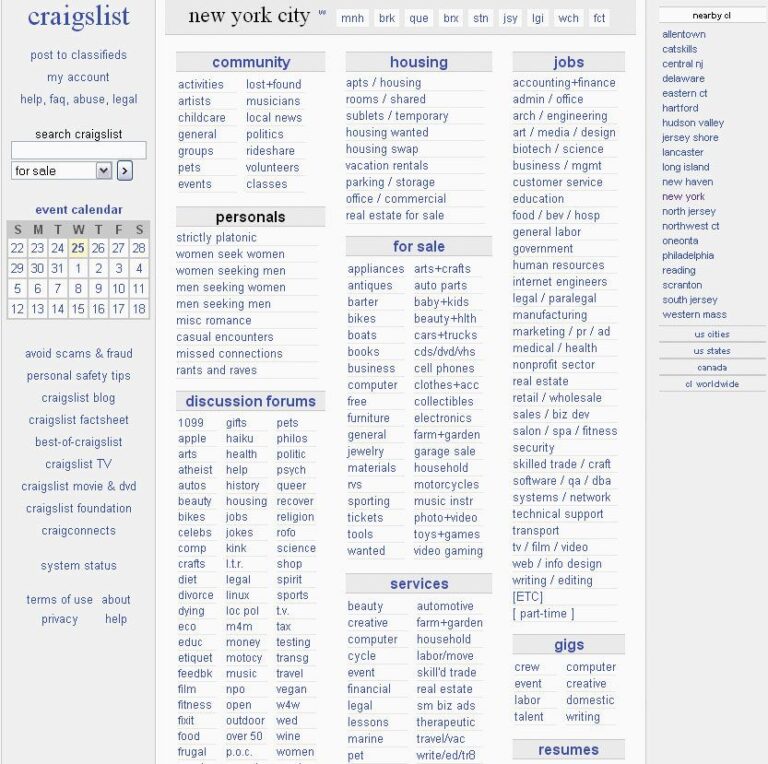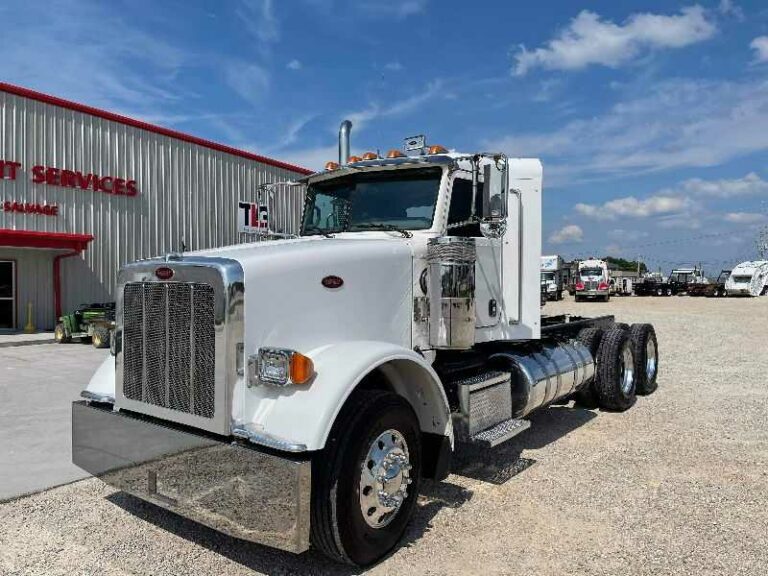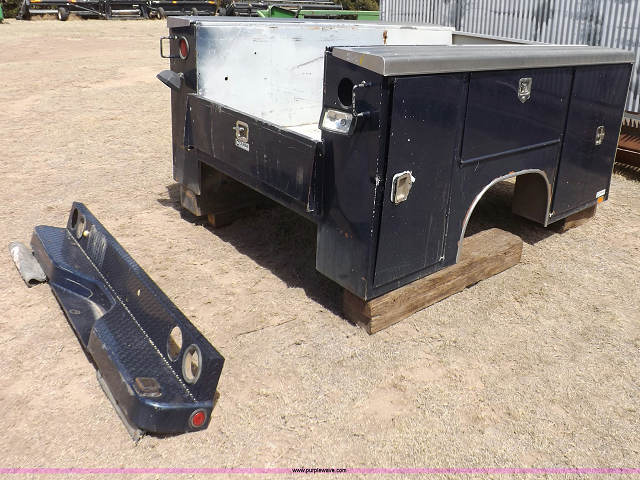Box Truck Dimensions Ft: Your Comprehensive Guide to Sizing Up Your Haul
Box Truck Dimensions Ft: Your Comprehensive Guide to Sizing Up Your Haul cars.truckstrend.com
In the world of moving, logistics, and commercial transport, the humble box truck stands as a versatile workhorse. From residential moves to delivering goods for small businesses, these enclosed vehicles offer a practical solution for transporting items securely. However, the critical factor in successful and cost-effective use of a box truck isn’t just whether you have one, but whether you have the right one. This is where understanding Box Truck Dimensions Ft becomes paramount.
Knowing the precise dimensions of a box truck in feet – its length, width, and height – is more than just trivia; it’s the foundation for efficient packing, safe transport, and avoiding costly mistakes. Choosing a truck that’s too small means multiple trips, wasted time, and potential damage to your belongings. Opting for one that’s too large might lead to unnecessary rental expenses, higher fuel consumption, and challenges with maneuverability, especially in urban environments. This comprehensive guide will delve into every aspect of box truck dimensions, empowering you to make informed decisions for your next haul.
Box Truck Dimensions Ft: Your Comprehensive Guide to Sizing Up Your Haul
Understanding the Basics: What Defines Box Truck Dimensions?
When we talk about box truck dimensions in feet, we’re primarily referring to the enclosed cargo area. However, it’s crucial to distinguish between internal and external measurements, as both play a role in your decision-making process.
- Internal Length (ft): This is the most frequently cited dimension and refers to the usable length of the cargo bay, from the back door to the bulkhead behind the cab. It dictates how many linear feet of items you can load end-to-end.
- Internal Width (ft): Measured from wall to wall inside the cargo area. This is vital for determining if wider items like sofas or large appliances will fit without being turned on their side.
- Internal Height (ft): The measurement from the floor to the ceiling of the cargo area. Crucial for stacking boxes and accommodating tall furniture or equipment.
- Cubic Feet (cu ft): This is the ultimate measure of a truck’s capacity, calculated by multiplying the internal length x width x height. It tells you the total volume of space available for your goods.
- External Dimensions (ft): While not directly related to cargo capacity, the truck’s overall external length, width (including mirrors), and height (including clearance for bridges or low-hanging structures) are critical for driving and parking. Always be aware of the total height, especially when entering parking garages or underpasses.
- Payload Capacity (lbs): Beyond physical dimensions, the weight a truck can safely carry (its payload) is a non-negotiable consideration. This is often expressed in pounds and must not be exceeded, regardless of whether your items physically fit. Exceeding the payload can be dangerous, illegal, and lead to vehicle damage.
- Ramp/Liftgate Considerations: Many box trucks come equipped with a ramp or a hydraulic liftgate. While incredibly useful for loading, remember that the ramp extends behind the truck, adding to its overall length when in use, and liftgates may slightly reduce the usable internal length.
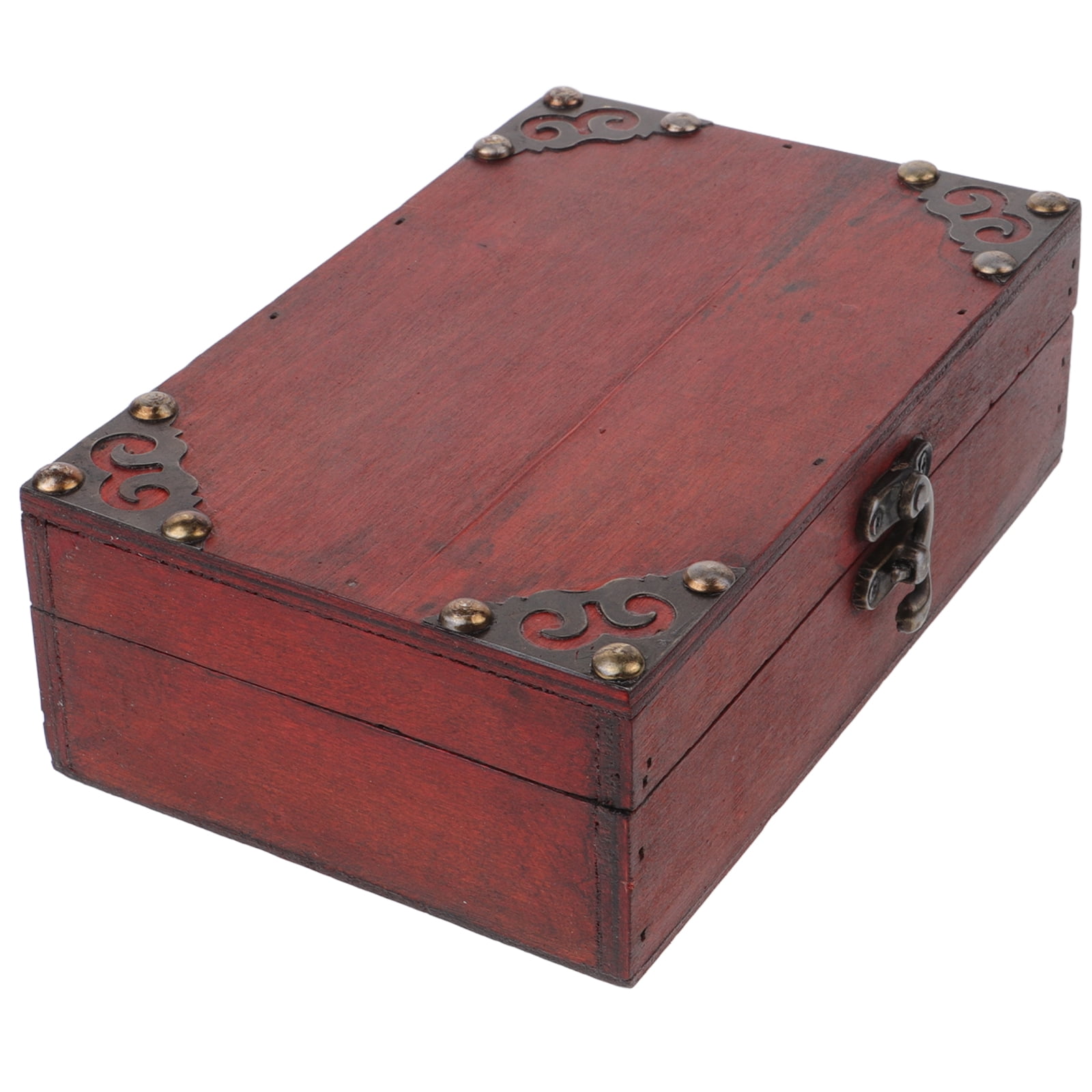
Understanding these foundational measurements allows you to move beyond guesswork and into strategic planning for your transport needs.

Common Box Truck Sizes and Their Applications (Ft)
Box trucks come in a range of standard sizes, each suited for different tasks. Here’s a breakdown of the most common dimensions in feet and their typical uses:
- 10 ft Box Truck (Approx. 9-10 ft L x 6 ft W x 6 ft H, ~350-400 cu ft):

- Ideal For: Studio apartments, dorm rooms, small local deliveries, or picking up large single items (e.g., a new refrigerator, a couch). Easily maneuverable and fuel-efficient.
- 12 ft Box Truck (Approx. 12 ft L x 6.5 ft W x 6.5 ft H, ~500-550 cu ft):
- Ideal For: 1-bedroom apartment moves, small business inventory transfers, or multiple large appliance deliveries. Offers a bit more space than the 10 ft without sacrificing too much maneuverability.
- 14 ft Box Truck (Approx. 14 ft L x 7.5 ft W x 7 ft H, ~700-750 cu ft):
- Ideal For: 1-2 bedroom apartment or small home moves, mid-sized business deliveries, or transporting equipment for events. A popular choice for those needing more than a basic pickup.
- 15 ft Box Truck (Approx. 14.5-15 ft L x 7.5 ft W x 7 ft H, ~760-800 cu ft):
- Ideal For: Very similar to the 14 ft, often used interchangeably for 1-2 bedroom homes. It’s a common rental size that offers a good balance of capacity and manageability.
- 16 ft Box Truck (Approx. 15.5-16 ft L x 7.5-8 ft W x 7-7.5 ft H, ~850-950 cu ft):
- Ideal For: 2-3 bedroom homes, larger business deliveries, or transporting construction materials. This size often marks a significant jump in usable volume.
- 17 ft Box Truck (Approx. 17 ft L x 7.5-8 ft W x 7-7.5 ft H, ~950-1000 cu ft):
- Ideal For: Comparable to the 16 ft, suitable for 2-3 bedroom homes, offering slightly more room for larger furniture or more boxes.
- 20 ft Box Truck (Approx. 19.5-20 ft L x 8 ft W x 8 ft H, ~1200-1400 cu ft):
- Ideal For: 3-4 bedroom homes, significant commercial inventory, or large-scale equipment transport. Requires more driving experience due to its length.
- 24 ft Box Truck (Approx. 23.5-24 ft L x 8 ft W x 8-8.5 ft H, ~1500-1700 cu ft):
- Ideal For: Large 4-5 bedroom homes, substantial business moves, or transporting heavy machinery. These trucks start to feel considerably larger on the road.
- 26 ft Box Truck (Approx. 25.5-26 ft L x 8 ft W x 8-8.5 ft H, ~1600-1700+ cu ft):
- Ideal For: The largest non-CDL required truck (in most states, always check local regulations). Perfect for very large 5+ bedroom homes, full commercial relocations, or high-volume freight. Maneuvering this size requires significant skill.
Note: Dimensions provided are typical ranges. Actual dimensions may vary slightly by manufacturer and model year.
Key Considerations When Choosing Box Truck Dimensions
Selecting the right box truck size involves more than just a quick guess. Thoughtful consideration of several factors will save you time, money, and stress.
- Accurately Assess Your Volume of Goods: This is the most critical step. Don’t just estimate; make an inventory. List every piece of furniture, count your boxes, and consider any odd-shaped items. Online cubic feet calculators or moving truck size estimators can be invaluable tools. It’s always better to have a little too much space than not enough.
- Account for Weight of Goods (Payload Capacity): Even if your items fit, they might exceed the truck’s weight limit. Heavy items like safes, large appliances, or packed boxes of books can quickly add up. Check the truck’s Gross Vehicle Weight Rating (GVWR) and payload capacity. If unsure, consider weighing heavy items beforehand.
- Maneuverability and Driving Experience: Longer and wider trucks are harder to navigate, especially in tight urban streets, parking lots, or residential cul-de-sacs. If you’re not an experienced large vehicle driver, opting for a slightly smaller, more manageable truck might be a safer choice, even if it means an extra trip.
- Driver’s License Requirements: For most personal moves, a standard Class D (regular) driver’s license is sufficient for box trucks up to 26 feet (with a Gross Vehicle Weight Rating typically under 26,001 lbs). However, regulations vary by state and the truck’s specific GVWR. Always verify local CDL (Commercial Driver’s License) requirements if you’re close to the limits or operating for commercial purposes.
- Fuel Efficiency: Generally, smaller trucks consume less fuel. If you’re undertaking a long-distance move, the fuel savings from a more appropriately sized (or slightly smaller) truck can be substantial.
- Ramp or Liftgate Needs: If you have very heavy or bulky items (e.g., a piano, heavy machinery), a truck with a hydraulic liftgate is a game-changer. Otherwise, a sturdy loading ramp is essential. Confirm these features when renting or purchasing.
Maximizing Space and Efficiency: Practical Tips
Once you’ve selected your truck, efficient loading becomes key to utilizing those dimensions effectively.
- Measure Your Largest Items: Before you even get the truck, measure the height, width, and depth of your biggest pieces of furniture and appliances. This confirms they’ll fit through the truck’s door and inside the cargo bay.
- Create an Inventory and Loading Plan: Know what’s going where. Visualize how items will fit together.
- Disassemble Furniture: Beds, tables, and desks should be disassembled to save space and prevent damage. Keep all hardware in labeled bags.
- Use Uniform Boxes: Boxes of similar sizes stack more efficiently, minimizing wasted space and providing a stable load.
- Load Heaviest Items First, Low and Centered: Place heavy, durable items (appliances, large furniture) on the truck floor, against the front wall of the cargo bay. This distributes weight evenly and prevents shifting.
- Utilize Vertical Space: Stack boxes and items vertically. Don’t leave large gaps. Use lighter, crushable items (like pillows, blankets, or soft bags) to fill small voids.
- Protect and Secure: Use moving blankets, padding, and furniture pads to protect items from rubbing or bumping. Secure your load with moving straps or ropes to prevent shifting during transit. Items shifting can cause damage and be extremely dangerous.
- Leave a Path: If you need access to certain items during transit (e.g., a cooler with drinks), plan a clear path to them or load them last near the door.
Challenges and Solutions Related to Box Truck Dimensions
Even with careful planning, challenges can arise. Being prepared is half the battle.
- Challenge: Underestimating Space Needed.
- Solution: Always err on the side of caution. It’s better to have a little extra space than to be short. Utilize online cubic foot calculators and add a buffer (e.g., 10-20% extra space) for awkward items or last-minute additions.
- Challenge: Overestimating Space (and Cost).
- Solution: While having extra space is good, renting a much larger truck than needed translates to higher rental fees and significantly increased fuel costs. Re-evaluate your inventory rigorously to find the most cost-effective size.
- Challenge: Exceeding Weight Restrictions.
- Solution: Understand the truck’s payload capacity. If you have exceptionally heavy items (e.g., safes, marble tables, large machinery), consider a specialized hauler or a truck with a higher weight rating, even if the cubic feet seem sufficient. Use public scales if you’re unsure about the total weight of your loaded truck.
- Challenge: Maneuvering Large Trucks.
- Solution: Practice driving in an empty parking lot if you’re unfamiliar with larger vehicles. Plan your route in advance, avoiding narrow streets, low bridges (check clearance heights!), and tight turns. Always use a spotter when backing up.
- Challenge: Driving Experience and Comfort.
- Solution: If you’re truly uncomfortable driving a larger box truck, consider professional moving services or hiring a driver. Many rental companies offer optional insurance, which is highly recommended for peace of mind.
Box Truck Rental Cost Estimates by Dimension (Per Day)
Please note that these are estimated daily rental prices and can vary significantly based on:
- Location: Prices differ by city and state.
- Time of Year/Demand: Peak moving seasons (summer, end of month) often see higher prices.
- Rental Company: U-Haul, Penske, Budget, Enterprise, etc., have different pricing structures.
- Mileage Fees: Most rentals charge a per-mile fee in addition to the daily rate.
- Insurance & Additional Services: Optional insurance, dollies, blankets, etc., add to the total cost.
- Discounts: AAA, military, student discounts may be available.
| Box Truck Size (Internal Length) | Typical Internal Dimensions (L x W x H) | Estimated Cubic Feet | Estimated Daily Rental Price Range* | Common Use Cases |
|---|---|---|---|---|
| 10 ft | 9-10 ft x 6 ft x 6 ft | 350-400 cu ft | $19.99 – $39.99 | Studio/Dorm, Small Local Deliveries |
| 12 ft | 12 ft x 6.5 ft x 6.5 ft | 500-550 cu ft | $29.99 – $49.99 | 1-Bedroom Apartment, Small Business |
| 14 ft | 14 ft x 7.5 ft x 7 ft | 700-750 cu ft | $34.99 – $54.99 | 1-2 Bedroom Apartment/Small Home |
| 15 ft | 14.5-15 ft x 7.5 ft x 7 ft | 760-800 cu ft | $39.99 – $59.99 | 1-2 Bedroom Apartment/Small Home |
| 16 ft | 15.5-16 ft x 7.5-8 ft x 7-7.5 ft | 850-950 cu ft | $44.99 – $64.99 | 2-3 Bedroom Home, Mid-Size Delivery |
| 17 ft | 17 ft x 7.5-8 ft x 7-7.5 ft | 950-1000 cu ft | $49.99 – $69.99 | 2-3 Bedroom Home |
| 20 ft | 19.5-20 ft x 8 ft x 8 ft | 1200-1400 cu ft | $59.99 – $89.99 | 3-4 Bedroom Home, Commercial Freight |
| 24 ft | 23.5-24 ft x 8 ft x 8-8.5 ft | 1500-1700 cu ft | $69.99 – $99.99 | 4-5 Bedroom Home, Large Business |
| 26 ft | 25.5-26 ft x 8 ft x 8-8.5 ft | 1600-1700+ cu ft | $79.99 – $109.99 | 5+ Bedroom Home, Full Commercial Relo |
Prices do not include mileage fees, taxes, insurance, or additional equipment. Always get a direct quote.
Frequently Asked Questions (FAQ) about Box Truck Dimensions Ft
Q1: What is the largest box truck I can drive without a CDL?
A1: In most states, you can drive a box truck with a Gross Vehicle Weight Rating (GVWR) of up to 26,000 lbs with a standard Class D driver’s license. This typically includes the largest 26-foot box trucks offered by rental companies for personal use. However, regulations can vary, especially if you’re crossing state lines or using the truck for commercial purposes, so always check your specific state’s DMV guidelines.
Q2: How do I accurately calculate the cubic feet I need for my move?
A2: The best way is to list all your items and their approximate dimensions. For boxes, measure average box sizes and multiply by the number of boxes. For furniture, estimate its volume. Many rental company websites offer online "space estimator" tools that help you input items and suggest a truck size. When in doubt, round up slightly.
Q3: Is the "ft" in box truck dimensions referring to internal or external length?
A3: When rental companies advertise "15 ft box truck" or "26 ft box truck," they are almost always referring to the approximate internal length of the cargo area. However, it’s crucial to confirm the exact internal width and height, as these can vary slightly between models and significantly impact usable space. Always be aware of the total external dimensions for driving purposes.
Q4: Do all box trucks have automatic transmissions?
A4: Most modern rental box trucks (especially those under 26 ft) are equipped with automatic transmissions, making them easier to drive for those not accustomed to manual gears. However, some older models or specialized commercial trucks might still have manual transmissions. It’s best to confirm with the rental company if this is a concern.
Q5: Can I tow a car or trailer with a box truck?
A5: Many rental box trucks, especially the larger sizes, come equipped with a tow hitch. This allows you to tow a car dolly or a small trailer behind the box truck, which can be very convenient for moving vehicles or extra items. Always verify the towing capacity of the specific truck you rent and ensure your towed vehicle or trailer does not exceed that limit.
Conclusion: Sizing Up for Success
Understanding Box Truck Dimensions Ft is not just about numbers; it’s about making smart, strategic decisions that lead to successful and stress-free transport. From selecting the perfect size to efficiently loading your cargo, every foot, every inch, and every pound matters. By taking the time to accurately assess your needs, considering the practical implications of different dimensions, and applying smart loading techniques, you can ensure your goods arrive safely, efficiently, and without breaking the bank. So, before you hit the road, remember: measure twice, load once, and drive confidently, knowing you’ve chosen the right box truck for the job.
